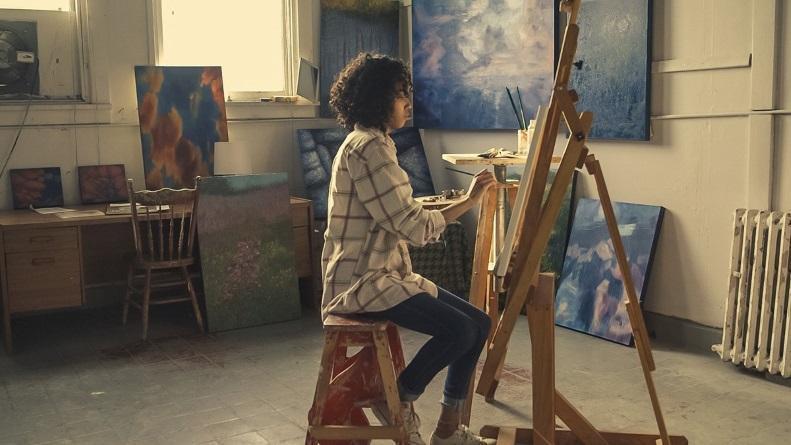The Introduction
Visuals create more impact than mere text. There is even research supporting the fact that our brains are more attuned to consume visual content faster than words.
And, in the digital era that we live in, it’s essential to make your content more stimulating for the readers if you hope to have your work read at all.
But, things aren’t as simple as they appear. It’s easy enough to use a search engine to get a couple of pictures. But, that doesn’t mean you’ve mastered the art of using visuals to make your work more appealing.
You see, different social networks require varying dimensions as far as the images are concerned. For instance, Twitter requires images to be 440wide by 220 tall, and if the image is outside the required dimensions, then the picture is cropped.
And, even using specific search engines does not prove fruitful as you aren’t permitted to use their visuals to promote the written words, especially online.
Then, some may argue that you can take any pictures yourself. But, the art of photography is subtle, not a skill easily mastered. So what are you to do if you want to pep up your work with some visuals? Well, the solution to your problem is straightforward.
Educate yourself about the various types of visuals that are available for use for content writers. And, we can help you out here by letting you know exactly what they are. Just read on to find out.
Major Types Of Visual Content
It makes sense to use visuals to break up the monotony of large amounts of texts. But, it isn’t necessary to use only images for all kinds of written mediums. You can make use of several types of visuals to make your work engaging.
Images
By far, the most celebrated and popular field when it comes to visuals are images. And, considering how much we like taking pics of ourselves, everything around us, and everything that we do, pictures aren’t going out of fashion soon.
Relatable images bring in top dollar for photographers and may very well mean tons of cash for content writers. But, it is vital to remember that you can’t use random images to make your work more interesting.
The idea is to create maximum impact, thus, select your images wisely. Always use relevant material only, make sure it’s aesthetically pleasing, apply high-resolution images for better quality, and never go for overused stock photos.
Moreover, you can make your work appear professional if you design with grids to bring more order to your text. Try out Webivm to set you up.
Videos
The amount of different videos used with written work today is frankly mind-boggling. There are all kinds of videos you can use, from customer testimonials to case studies, and from tutorials to explainer videos.
But, keep in mind that low-quality videos hinder your marketing attempts. And, we would recommend using video hosting platforms that are more aligned to your image or brand.
Infographics
Infographics naturally don’t make websites or text go viral. But, if used correctly, then you may be sure that it’ll appeal to the readers. Hence, it’s necessary to consider the color combinations in use, the fonts, or shapes that are applied and providing thumbnail images hyperlinked to the original site.
In Conclusion
As mentioned earlier, you can’t deny the desirability of visuals. It’s bound to enhance the readability of any material. But, use visuals with caution. It may ruin your work just as surely as it can make it look fascinating. So, do your research right and get help from Webivm.
